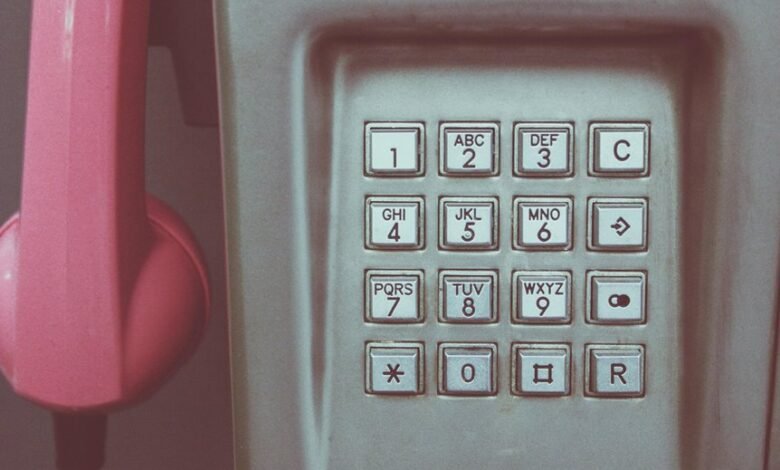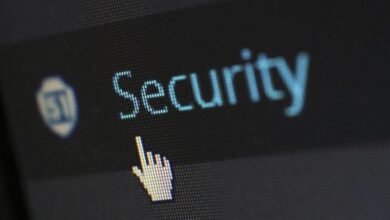Who Called You From 3331601526 3899564568 3291678495 3278222319 3338940060 3510639375

Numerous individuals have reported receiving calls from various unknown numbers, including 3331601526, 3899564568, 3291678495, 3278222319, and 3338940060. Each number presents a unique challenge in terms of identification and potential risk. While some have been linked to spam, others remain unclassified, raising concerns about their intentions. What steps should one take to discern the nature of these calls and protect personal information? The answers may reveal more than just the caller’s identity.
Understanding the Nature of Unknown Calls
How does one discern the intentions behind unknown calls? Understanding caller motivations requires analyzing the context of the call.
Factors such as timing, frequency, and the nature of the message can provide insight.
Employing proper phone etiquette, such as remaining polite yet cautious, allows individuals to navigate these ambiguous exchanges, fostering a sense of empowerment and freedom in their communication choices.
How to Identify the Caller
Identifying the caller behind an unknown number can often feel like piecing together a puzzle.
Employing various caller identification techniques, individuals can utilize phone number lookup services to uncover essential details.
These methods can reveal the caller’s identity, location, and potential motives, offering insight into the unknown.
Such knowledge empowers individuals, providing them with the freedom to make informed decisions regarding their communication.
Best Practices for Managing Unwanted Calls
Although unwanted calls can disrupt daily life, employing effective management strategies can significantly mitigate their impact.
Utilizing call blocking features within phone settings allows individuals to customize their reception, reducing interruptions. Regularly updating these settings and leveraging third-party applications can enhance protection.
Moreover, understanding the nature of unwanted calls fosters awareness, empowering users to reclaim their time and maintain their personal freedom.
Resources for Reporting Spam and Scams
A significant number of individuals encounter spam and scam calls regularly, highlighting the need for effective reporting mechanisms.
Utilizing various reporting channels, such as the Federal Trade Commission (FTC) and local consumer protection agencies, can enhance awareness.
Additionally, contributing to scam databases allows users to share experiences, aiding collective efforts to combat these nuisances and protect personal freedoms from intrusive threats.
Conclusion
In navigating the landscape of unknown calls, one must tread carefully, much like a sailor charting a course through murky waters. The importance of identifying callers and managing unwanted communications cannot be overstated. By employing caller ID services and adhering to best practices, individuals can safeguard themselves against potential scams and nuisances. Ultimately, staying informed and vigilant will empower users to navigate these uncertain interactions with greater confidence and clarity.



